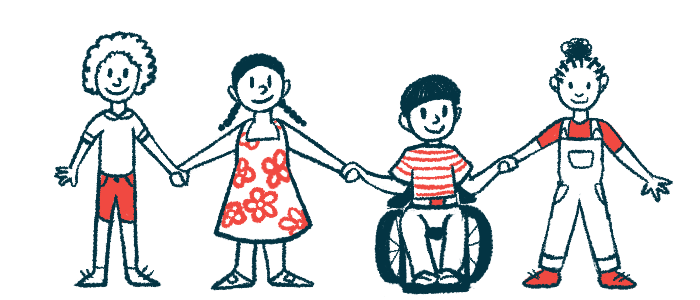Some hand movements linked to injuries, contractures: Study
Researchers looked at how common movements affect hand function
Written by |

Repetitive movements of rubbing the hands together are associated with an increased risk of skin injuries in people with Rett syndrome, but repetitive movements of raising the hands to the mouth are linked with better mobility in the shoulders and elbows.
That’s according to the study, “Relationship between hand stereotypies and purposeful hand use and factors causing skin injuries and joint contractures in individuals with Rett syndrome,” published in Early Human Development.
People with Rett syndrome commonly perform repetitive hand movements, known as hand stereotypies. In this study, scientists in Japan conducted a survey of Rett parents aiming to better understand how these hand movements may affect hand function, as well as the connection between stereotypies and skin injuries or joint contractures (when muscles around a joint become shortened and hardened).
The survey was answered by 71 parents of 72 children with Rett syndrome (one family had twins with the condition). Two of the children were boys while the rest were girls, and the average age was nearly 13 years. All of the children exhibited hand stereotypies, and slightly less than half (43.5%) were able to purposefully move their hands.
Researchers looked for associations between stereotypies, hand function
Using data collected from the survey, the researchers conducted a battery of statistical tests looking for significant associations between stereotypies, hand function, and other factors.
Results showed that patients who had the ability to purposefully move their hands tended also to have more advanced cognitive abilities. This is in line with other research suggesting “both fine and gross motor development are reportedly more strongly associated with cognition and consequently language in children with intellectual and developmental disabilities than in typically developing children,” the researchers wrote.
However, the association between purposeful hand use and stereotypies was “negligible,” the researchers said.
Patients who exhibited stereotypies of wringing or washing — movements that involve rubbing the hands together — were more likely to report skin injuries in the hands, which the researchers said is likely because these movements can cause friction that damages the skin.
Rett patients with contractures in the elbow joint tended to have poorer overall motor function. Contractures in the elbows or fingers also were associated with reduced ability to grasp or reach for objects, which the researchers said is likely because stiffness in these joints can make these movements more difficult to physically perform.
However, patients who exhibited mouthing, a stereotypy that involves putting the hand in the mouth, were less likely to have contractures in the elbows or shoulders. This may be because the act of moving the hands to the mouth can serve as a form of mobility exercise for these joints, helping to prevent contractures from forming, the researchers said.
“Since mouthing is a constant exercise, shoulder and elbow joint contractures may be prevented by purposeful hand use to the face and head,” the team wrote.
Results also showed contractures were generally more common in older patients.
“Contractures were also shown to be rare in the youngest age band … but increase with age and are present in almost all adults,” the scientists wrote, adding that the findings support the idea that “families and caregivers should be encouraged to inspect all joints and practice daily range of motion exercises.”
The researchers noted this study only assessed patients at a single point in time. Since Rett symptoms change over time, they highlighted a need for further research into how these associations may evolve.






